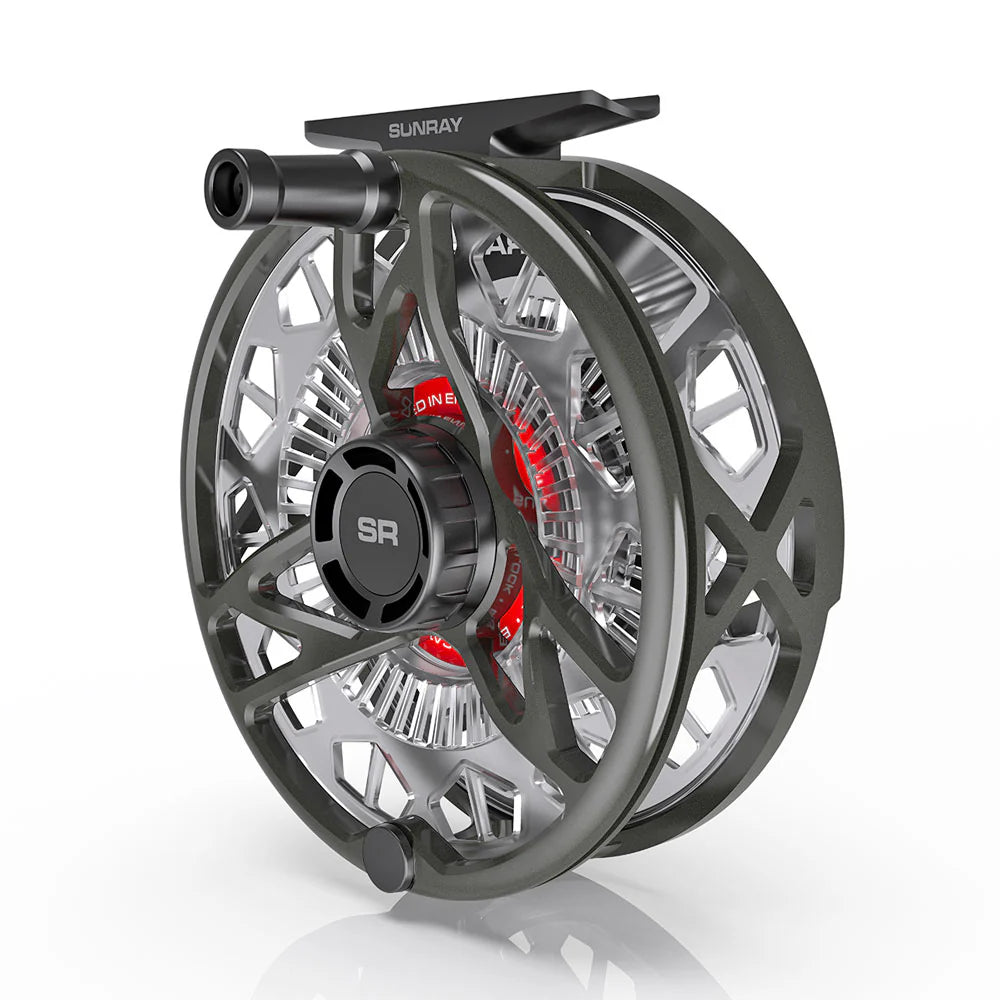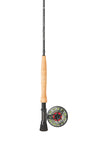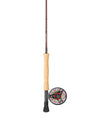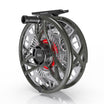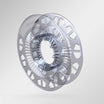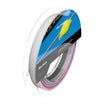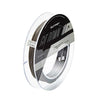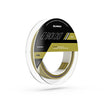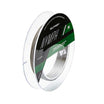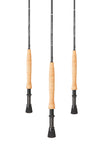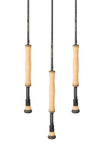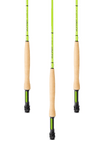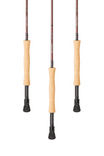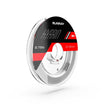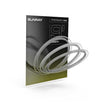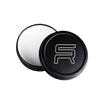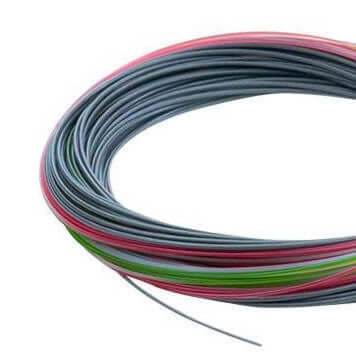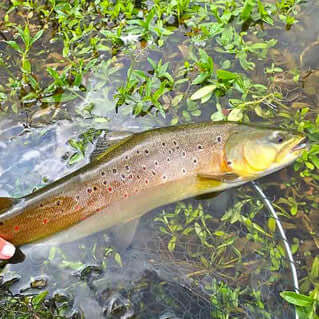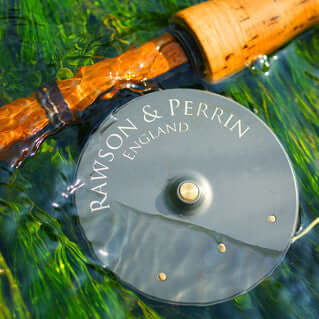Improved fly presentation
I am on a continual quest for improved fly presentation, particularly when it comes to the dry fly & grayling. I’ve found grayling to be far fussier than trout when it comes to drag-free drifts & accuracy. Generally they seem to be far more aware of micro-drag (drag so slight that the angler is unaware of it) & they usually seem far more reticent about moving off-line to take a drifting dry fly.
As a result I have made continuous tweaks & modifications to the equipment & ways in which I fish for what has become my favourite species. To delay drag & limit micro-drag when using a Western style rod & reel I opt for long (15’ plus), supple leaders ending in copolymer tippet that is as fine as I dare use (taking into consideration the size of the fly, the size of expected fish, any snags such as weed growth & the water speed). Typically my tippet will vary from 0.10mm to 0.15mm diameter.
I also generally use as long a rod as is practical to improve line control & to facilitate ‘high sticking’ when I can fish at close range which gives the advantage of being able to hold all the line & most of the leader/tippet off the water, thus reducing the influence of rogue currents on the fly’s drift.
This year I have been extensively testing out two of the new, innovative fly lines from Sunray for dry fly fishing with a conventional rod of 9’ or longer. On my 10’ 2 weight I’ve been using a 1 weight Jeremy Lucas Micro Thin Presentation Line teamed up with 12’ Hardy tapered copolymer leader plus 2 to 3’ of tippet. This set up has provided superb delicacy of presentation, but casting accuracy has been compromised when it has been windy (even when using the Italian Casting Technique) & it has doubled up as a reasonable set up for French / Euro Nymphing. I’ve also been using a 3 weight JL Presentation Line with my 10’ 4/5 weight rod, plus again a tapered copolymer leader of around 13 to 15’ to good effect. Tom Bell & Jeremy Lucas do not recommend such long leaders since these lines have such incredibly long, fine, front tapers, but I’ve been trying to stretch the envelope in order to achieve optimum presentation for both grayling & trout.

Micro thin fly line
Both these micro thin lines are weight forward with a 33’ head length. The main body of the line is quoted at 20 -30% thinner than most other equivalent weight lines (similar to silk), therefore a density slightly greater than most other lines, but with a super-hydrophobic coating to ensure that they float. Then there is an 18’ front taper to a tip of 0.55mm diameter. The shooting line is also 0.55mm diameter. They are a nice heron-gray colour to avoid spooking fish. These lines are not recommended for casting big flies, for casting into strong winds or fishing on turbulent streams; however I’ve found them to cast surprisingly well on windy days using the Italian Style of casting & as long as they are kept clean or given a thin coating of Tom’s super-hydrophobic dressing they float fine on all but the most chaotic water.
Slick / minimal friction
The very slick surface means that they shoot very well & presentation is superb. Memory is zero & they have the big advantage of taking up little space on a reel so small capacity, light reels can be used. Unfortunately being so thin they are not ideal for use with my Vivarelli reels which have too big a gap between spool & cage. Cost is quite high at £60, but these are cutting-edge lines.
I shall still be using Mike Barrio’s excellent value DT Mallard lines for some of my fishing but having scorned the use of WF lines for many years I am now convinced of the value of these Sunray Micro Thin lines when delicate presentation is paramount.
I use the Jeremy Lucas Dry Fly Line and the Stuart Crofts Short for extreme presentation.

Grayling caught on size 24 CdC IOBO Humpy & a 1 weight Jeremy Lucas presentation line plus 12’ tapered leader & 2’ of 0.10mm tippet


